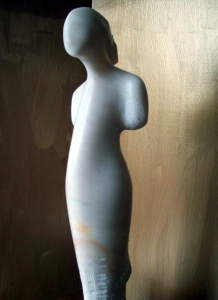

This study is from 2007, interesting since I am developing a TENS ear stim device in the clinic. Though I think acupuncture has more profound effects, I’m hoping this device will make it possible to extend acupuncture’s effects for a longer interval. This study shows the effect on the brain that leads to a feeling of well being. A few patients have bought units to take home because they like the boost it gives them.
This article says to use the left ear. I usually use the right one, so perhaps I should switch and tell the “home users”to do the same and see if it makes any difference.
BOLD fMRI deactivation of limbic and temporal brain structures and mood enhancing effect by transcutaneous vagus nerve stimulation.
Abstract
CONCLUSIONS:
Our study shows the feasibility and beneficial effects of transcutaneous nerve stimulation in the left auditory canal of healthy subjects. Brain activation patterns clearly share features with changes observed during invasive vagus nerve stimulation.

